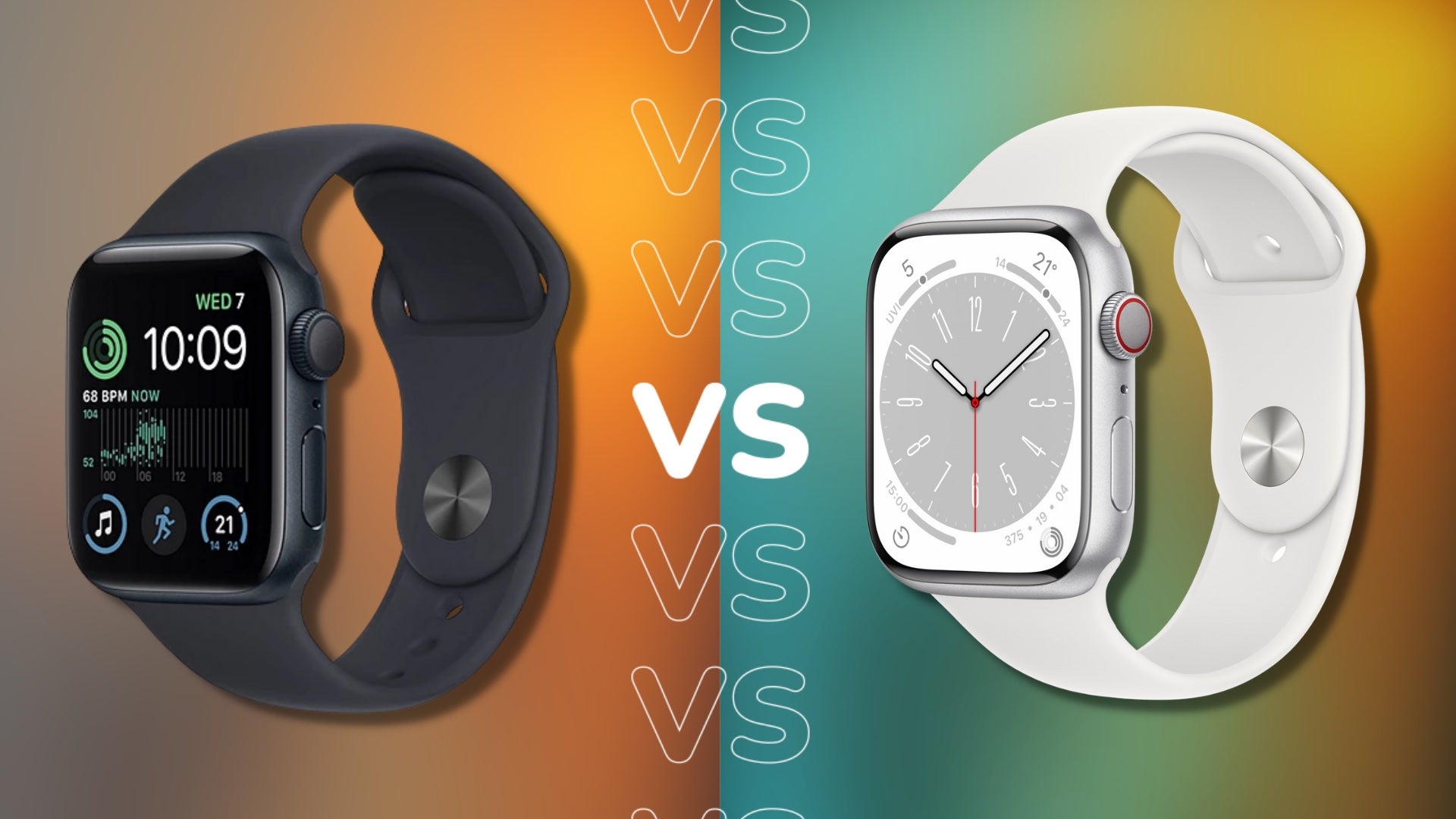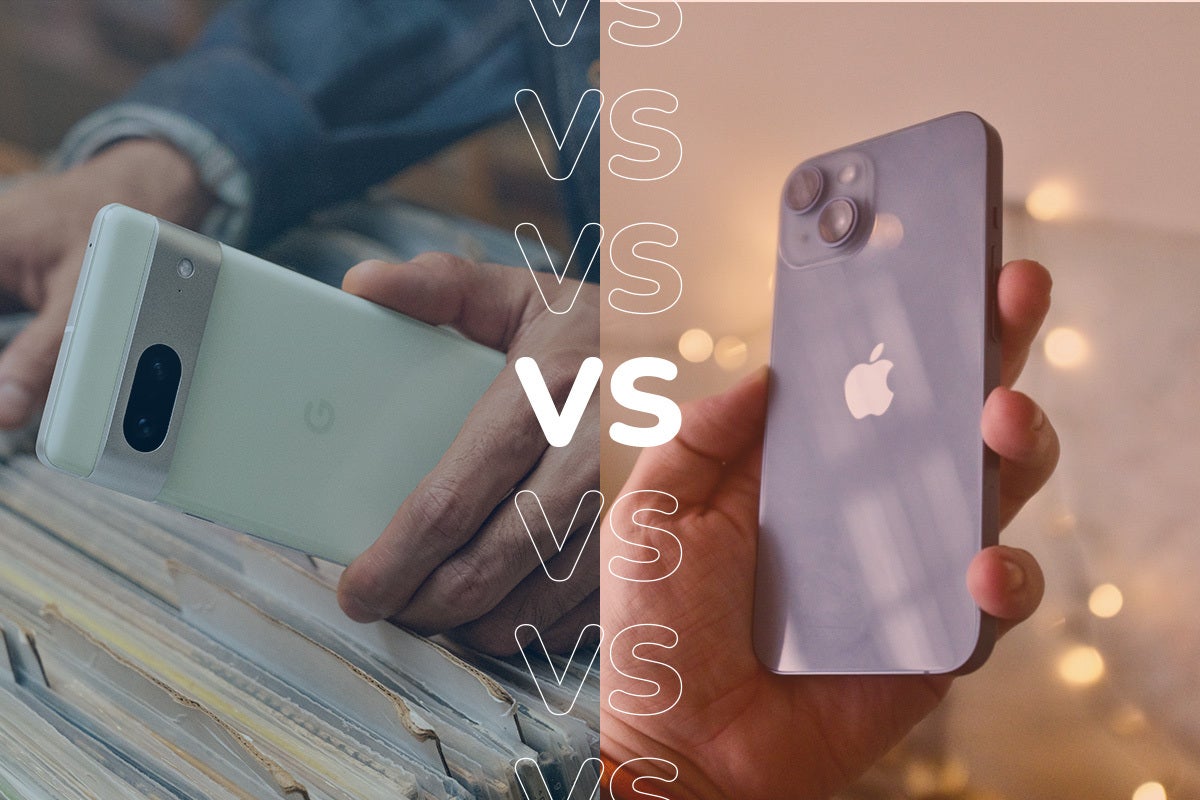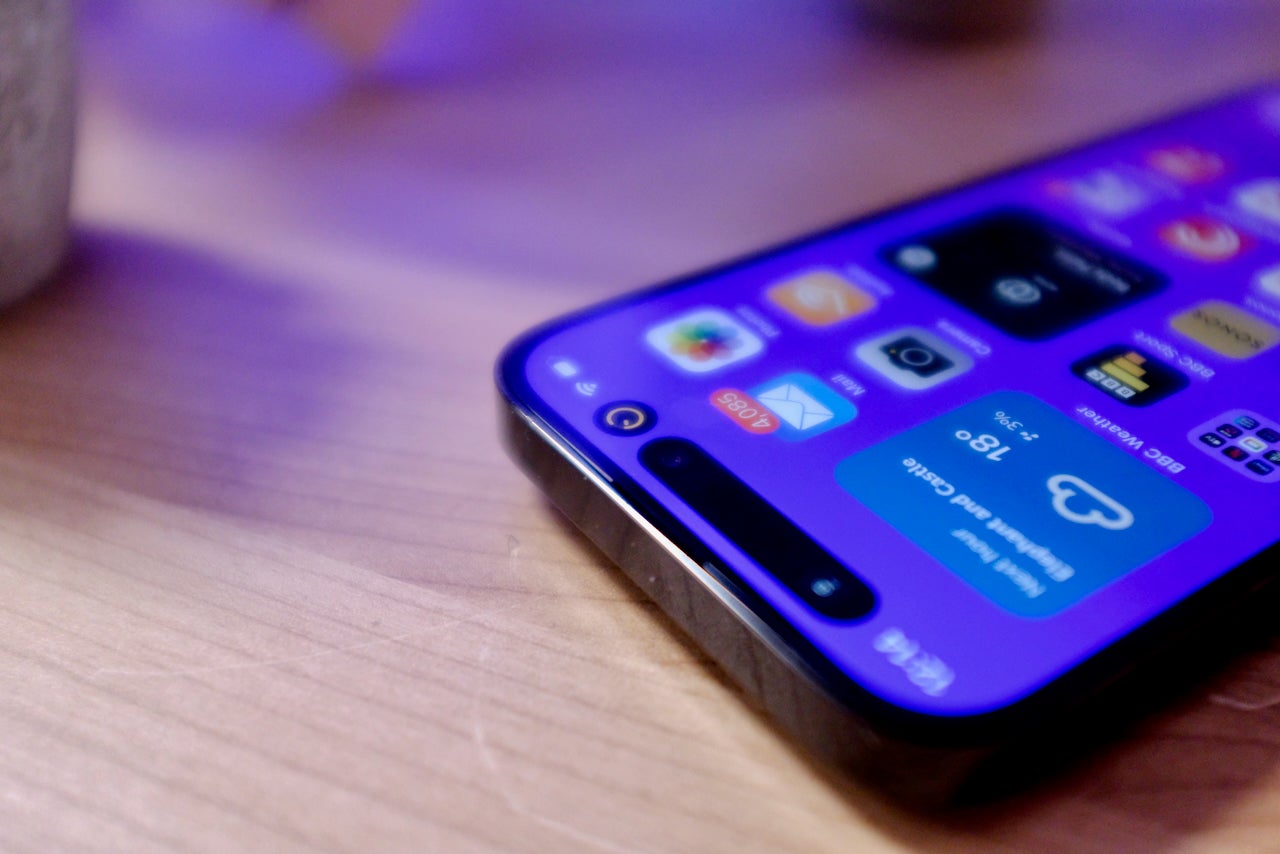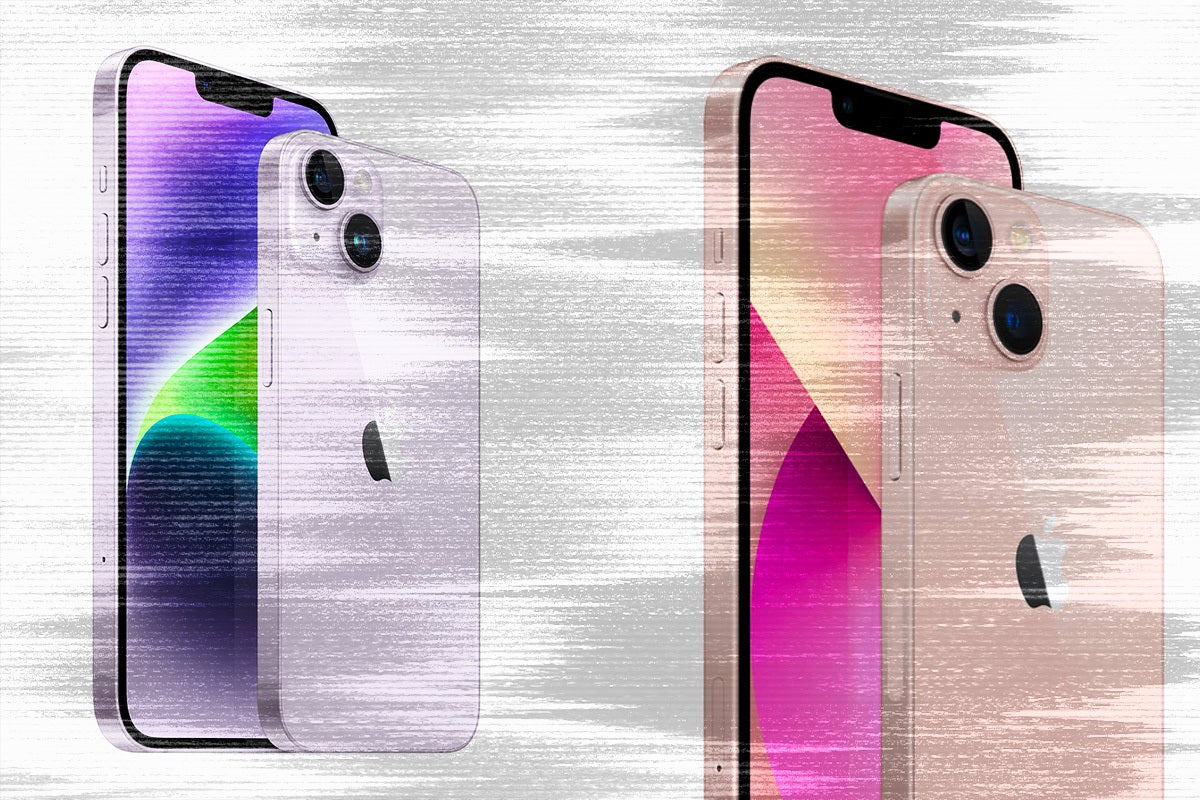iPhone 14 and iPhone 14 Plus: Price, release date, features and specs
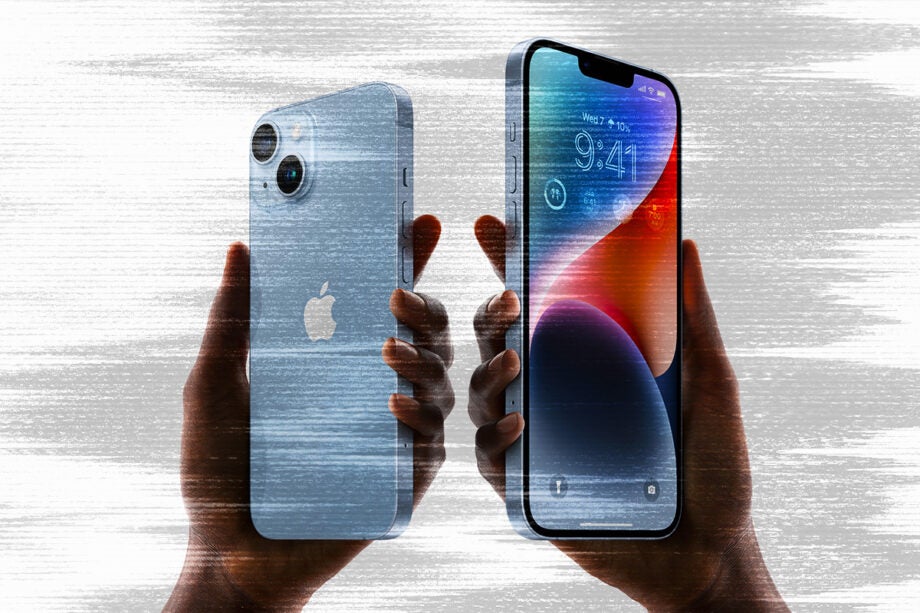
Apple has just taken the wraps off the iPhone 14 – its latest smartphone. Here’s everything we know about the phone so far, including important specs, features and release date.
We had known it was coming thanks to plenty of leaks over the past few months, but Apple has now finally made the iPhone 14 official.
It comes in two sizes, though no Mini version is in sight, and feels like a generally modest upgrade to an already very good phone.
iPhone 14 camera and features
Big upgrades here include a new camera system, complete with a focus on low-light performance, better stabilisation for video and a bigger wide sensor that now packs a much faster f/1.5 aperture lens.
One of the more notable camera upgrades is called the Photonic Engine. On the main camera, telephoto camera and the TrueDepth Apple says camera performance is 2x better thanks to this, while the ultra wide camera could benefit from 3x better performance in lower light conditions. The feature exists separately from the existing Night Mode, which can be selected by iPhone users to combat lighting conditions.
The Photonic Engine uses machine learning to process photos on a pixel-by-pixel basis, which the company says optimises the texture, details and noise throughout the image.
It’s not just the rear camera that has been updated. The selfie camera now packs auto-focus for the first time on an iPhone and low-light performance has been improved there too. Of course, to see the differences we’ll need to spend time with the iPhone 14 and put it through our review process.
Powering the iPhone 14 and iPhone 14 Plus is the A15 Bionic, not the A16 Bionic found in the Pro phones. This means you’ll get similar performance to last year’s Pro phones. It should be slightly more graphically powerful than the iPhone 13 though, as it has an extra GPU core.
The iPhone 14 Plus comes with a 6.7-inch Liquid Retina OLED display, while the regular iPhone 14 keeps the same 6.1-inch screen as before. One feature that seems to be missing on the iPhone 14 and iPhone 14 Plus is ProMotion, the adaptive 120Hz refresh rate tech that offers a smoother display. The always-on display you’ll find on the iPhone 14 Pro is also not present here and the slick Dynamic Island software trickery around the notch is absent too.

In terms of design, the iPhone 14 looks very similar to the outgoing model. There’s a new blue colour and If you buy the phone in the US, it will come without a SIM tray and make you rely fully on an eSIM. Apple hasn’t confirmed yet whether UK models will ship with a SIM tray.
Like the Apple Watch Series 8, the phone feature crash detection and various emergency SOS features designed to keep you safe.
iPhone 14 price and release date
The iPhone 14 will go on sale September 16 for $799, while the iPhone 14 Plus costs $899 and will be available October 16. In the UK, it’ll start at £849 for the iPhone 14 and £949 for the iPhone 14 Plus.
How it compare to the other iPhones
We haven’t reviewed the iPhone 14 yet, so we can’t sensibly offer any final judgements on how good it is. But you can see our early thoughts in the versus guides below.
iPhone 14 spec breakdown: How does it compare to the Plus model?
If you’re interested in all the intricate specs of both the iPhone 14 and iPhone 14 Plus, below you’ll them detailed.



